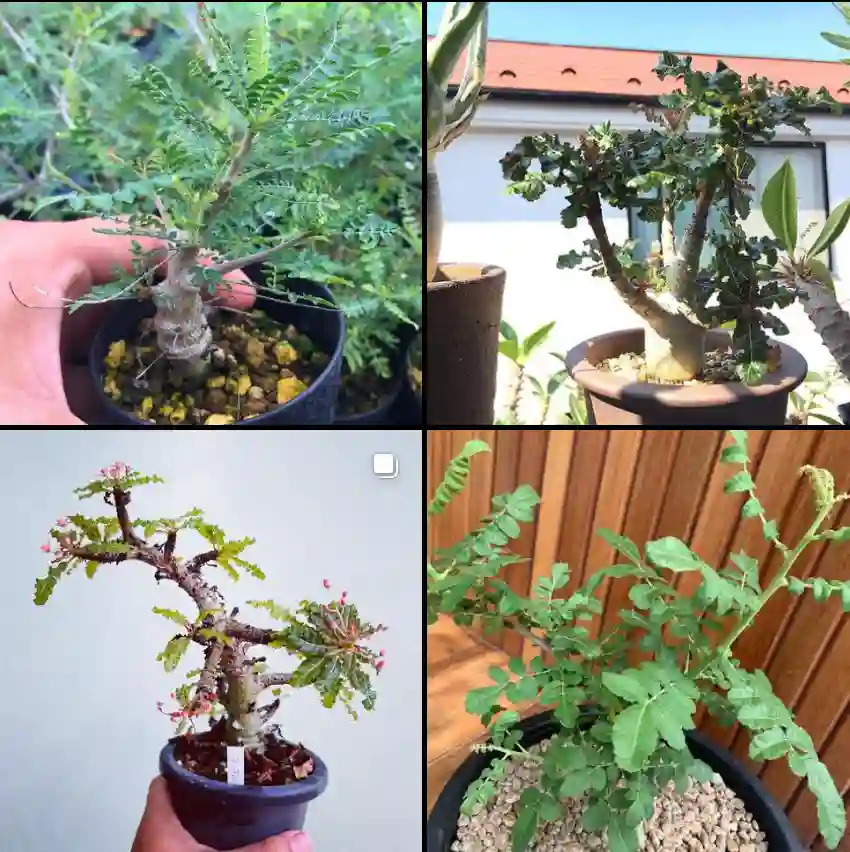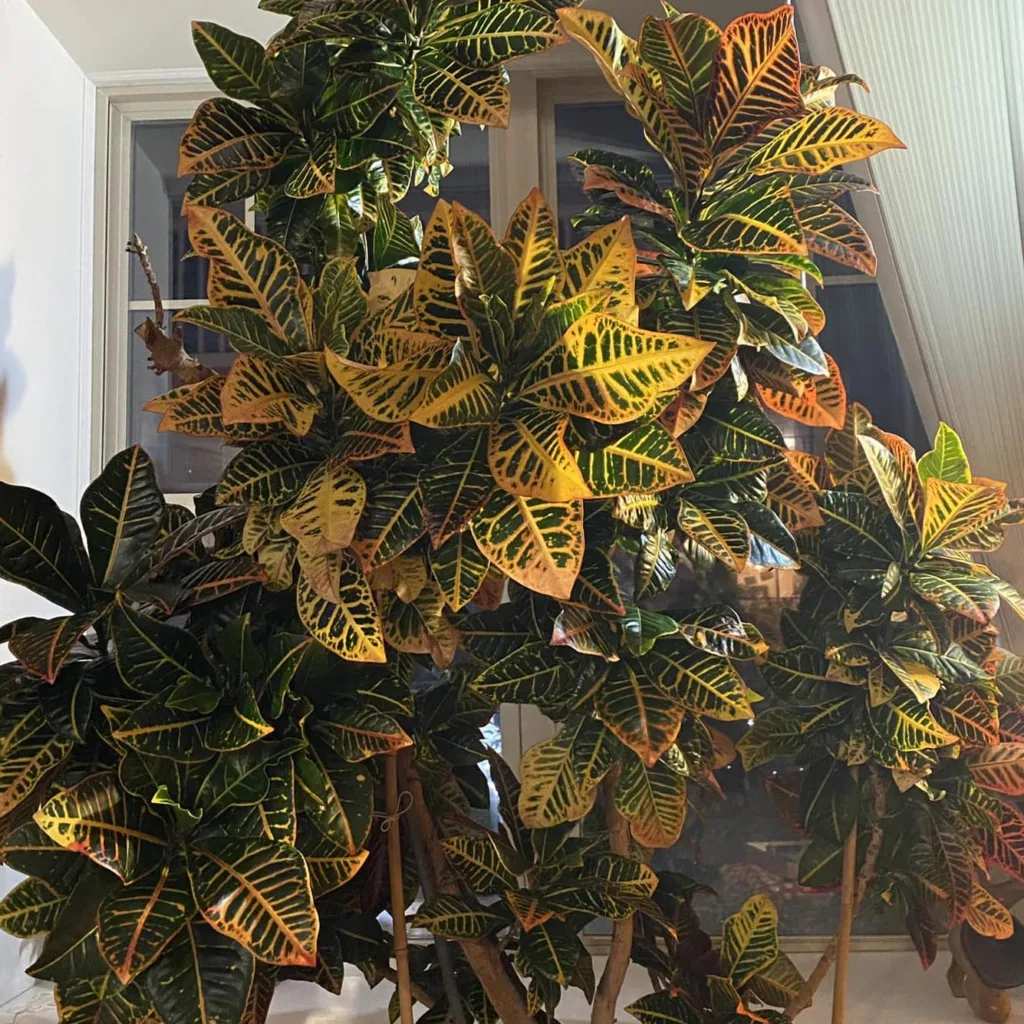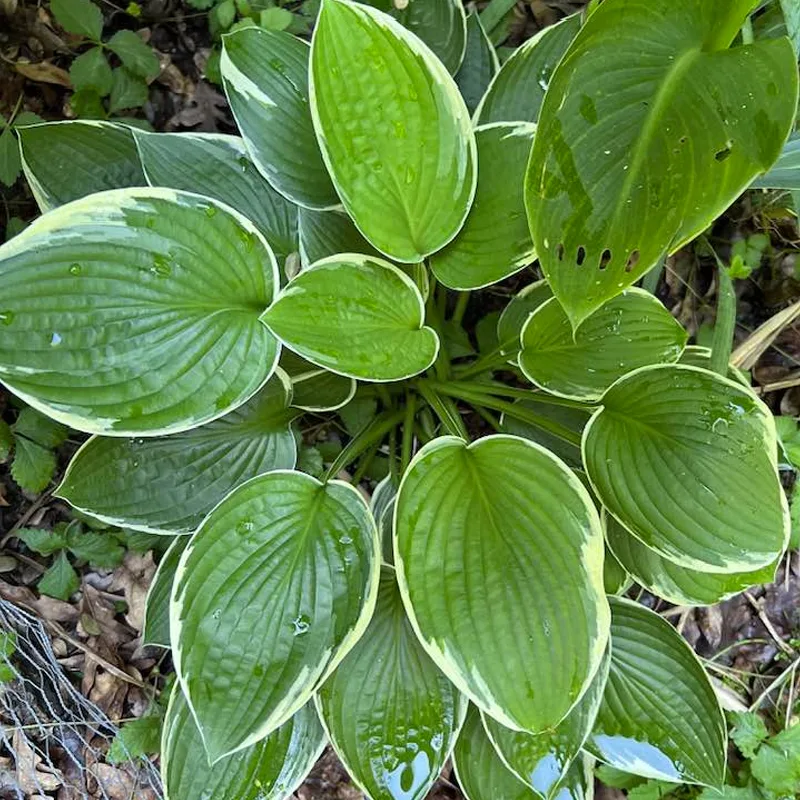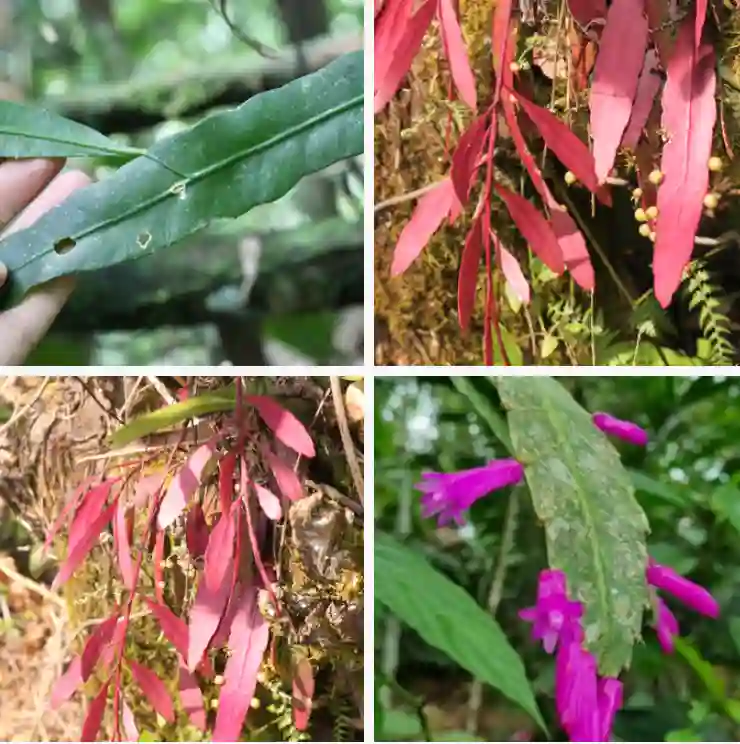Exploring the Betulaceae Family
The Betulaceae family has always been fascinating to me, offering a rich variety of trees and shrubs. Known as the birch family, this group includes some genera that I’ve personally enjoyed observing and cultivating. From the versatile Alnus to the resilient Betula and the distinct Corylus, each brings its unique beauty and characteristics. What I love most about this family is its adaptability and significance in different ecosystems, not to mention its aesthetic appeal in landscaping.
Let’s dive into some of the prominent genera within this family and explore what makes them stand out.
Alnus (Alder)
Alnus, or Alder, has always struck me as an excellent choice for anyone dealing with wet or poorly drained soils. In my experience, Alders are like the unsung heroes of soil restoration projects. They improve nitrogen levels thanks to their symbiotic relationship with Frankia bacteria. That makes them great for rehabilitating degraded land.
What I find most captivating about the Alnus genus is its ability to thrive in environments where other trees might struggle. I’ve seen them in the wild, often along rivers and wetlands. They stabilize the soil and prevent erosion—a role they perform beautifully. If you’re into eco-friendly landscaping, incorporating Alnus could be a good move. Their contribution to riparian habitats is well-documented, making them a vital player in maintaining biodiversity.
Betula (Birch)
87 Species in Genus Betula – Birch Tree
Whenever I think of Betula, or Birch, the first thing that comes to mind is their stunning white bark. It’s a tree that always stands out in any landscape, whether in a dense forest or as a focal point in a garden. Personally, I’ve always admired their striking visual appeal, especially in the fall when their golden-yellow leaves shimmer against the smooth, silvery-white bark.
Birches are also fast-growing, which is another reason I like them. If you’re looking for a quick solution to add height and color to a garden, Betula is ideal. However, they do require well-drained soil, something to keep in mind if you’re considering planting them. They can also be prone to pests like birch borers, which is something I’ve dealt with firsthand. The key is ensuring the tree stays healthy, as a robust Birch is less likely to suffer from infestations.
Carpinus (Hornbeam)
Carpinus, or Hornbeam, is a genus that has a more subtle charm compared to Betula or Corylus, but it’s one I’ve come to appreciate over time. What’s special about Hornbeams is their durability. These trees are tough, often used in hedging and landscaping because they respond so well to pruning.
I’ve worked with Carpinus betulus, or the European Hornbeam, and I admire how easily it can be shaped into formal hedges or screens. The wood is dense and strong, which is why it was historically used to make tools and even weapons. For anyone looking to add structure and formality to a garden, Carpinus is a reliable choice.
Corylus (Hazel)
When it comes to Corylus, or Hazel, I always think of the delicious nuts they produce. Hazelnuts are a favorite in many households, including mine. Beyond their culinary value, Hazels also have great ornamental appeal. Corylus avellana, for example, is a species I’ve worked with, and its twisted branches and catkins add winter interest to the garden.
Corylus is also highly adaptable, and I’ve found that they can thrive in various soil types, which makes them a versatile addition to any landscape. The edible aspect is a bonus, especially for those who enjoy integrating edible plants into their gardens.
Ostrya (Hop Hornbeam)
Ostrya, or Hop Hornbeam, is another genus in the Betulaceae family that’s worth mentioning. I’ve had less direct experience with this tree, but its hop-like fruits and bark texture have always intrigued me. It’s a slower-growing tree compared to Betula, but that’s part of its appeal for those who prefer trees that won’t outgrow their space too quickly.
What’s great about Ostrya is its ability to tolerate drought and less-than-ideal soils. It’s a tough tree, making it ideal for urban environments or places where other species might struggle. I’ve seen them used in street plantings and parks, where they add a nice contrast with their unique bark and hop-like fruit clusters.
Ostryopsis (Chinese Hop Hornbeam)
The last genus I want to touch on is Ostryopsis, commonly known as the Chinese Hop Hornbeam. While it’s less well-known than the other genera, it has a delicate beauty that’s hard to ignore. I’ve only encountered this genus a few times, and its shrubby form makes it more suitable for smaller spaces or as part of a layered planting scheme.
What’s interesting about Ostryopsis is how it bridges the gap between the more tree-like species in the Betulaceae family and true shrubs. If you’re looking to add diversity in texture and form, Ostryopsis is a fantastic option.
Conclusion
The Betulaceae family, with its diverse genera like Alnus, Betula, Carpinus, Corylus, Ostrya, and Ostryopsis, offers something for every landscape. Whether you’re looking for fast-growing trees like Birch, soil-stabilizing species like Alnus, or ornamental interest from Corylus and Ostrya, there’s a member of this family to suit your needs. I’ve found working with these plants incredibly rewarding, not just for their beauty but for the ecological benefits they bring.
Whether you’re designing a landscape, restoring degraded land, or simply wanting to enjoy the aesthetic charm of a well-planned garden, the Betulaceae family offers plenty of options. Each genus brings its unique qualities, making this family a favorite of mine.
If i die, water my plants!



